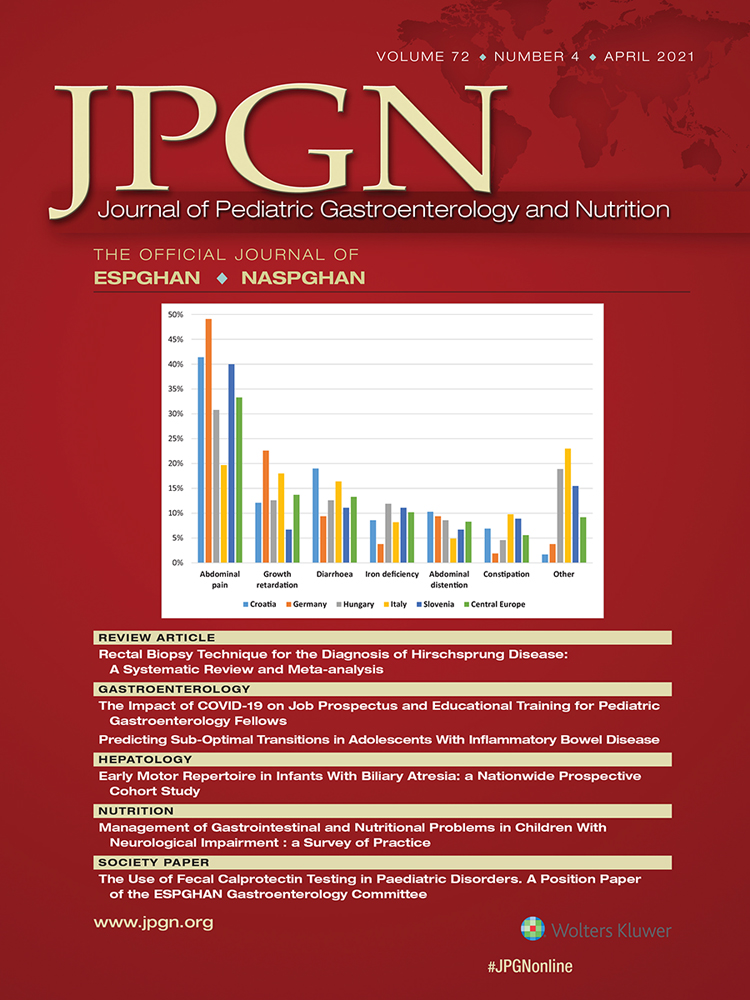Operational Definitions for Chronic Liver Disease Manifestations and Recurring Clinical Events in Biliary Atresia
Supplemental digital content is available for this article. Direct URL citations appear in the printed text, and links to the digital files are provided in the HTML text of this article on the journal's Web site (www.jpgn.org).
D.H.L receives support from Gilead, Abbvie, Mirum, and the CF Foundation. D.H.L. is a member of the medical advisory panel for Gilead and Merck. No other disclosures were reported.
ABSTRACT
Background:
The disease course of biliary atresia (BA) may be complicated by development of chronic liver disease (CLD) manifestations (eg, ascites) and recurring clinical events (eg, cholangitis). Most pediatric CLD-manifestations/events lack standardized operational definitions, leading to inconsistent identification in clinical research. This study aimed to develop operational research definitions of CLD-manifestations/events in BA for application in retrospective analysis.
Methods:
Operational definitions of CLD-manifestations/events were developed by literature review and revised by a panel of experienced pediatric hepatologists. Definitions were applied to a single-center review of infants with BA post-Kasai. Manifestations/events were captured until last clinical visit with native liver (SNL), liver transplantation (LT), or death. Native liver survival and event-free survival were estimated by Kaplan-Meier method. Cluster analysis was performed to identify similar patterns of manifestation/event development.
Results:
Of 65 infants with BA post-Kasai (2006–18; median Kasai 56.8 days; 65% girls), 29 underwent LT (median 12.9 months) and 4 died without LT (median 6.9 months). Seventy-six percent of CLD-manifestations/events presented within the first year. Presence of definite clinically evident portal hypertension, thrombocytopenia, and dCE ascites were associated with poor transplant-free survival (P < 0.01). Similar pattern developments of CLD-manifestations/events identified 3 outcome groups: poor outcomes (87.8% LT/death), SNL with manifestations/events, and SNL with few/no events.
Conclusions:
Operational definitions can provide a timely description of the disease course progression in infants with BA. Research definitions may provide better consistency in future pediatric CLD studies. Furthermore, definitions may serve as endpoints in therapeutic trials or used as variables for disease pattern identification in potential multicenter studies.




